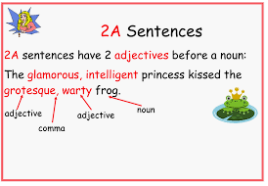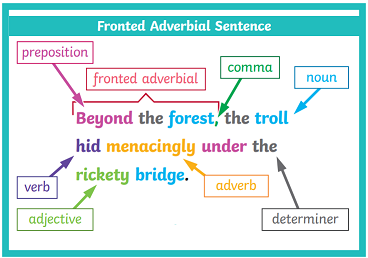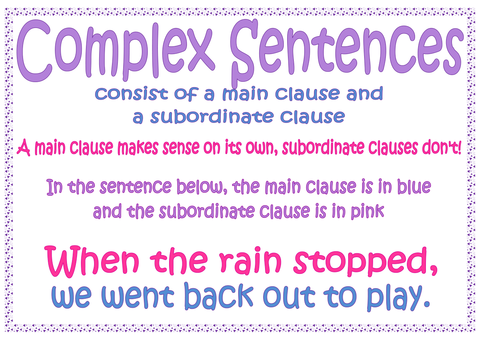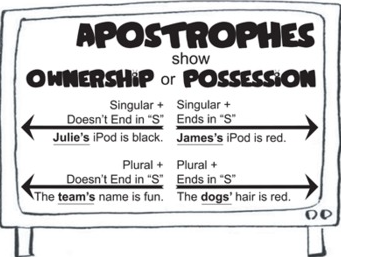
Most children by the end of Reception will be writing their name, labels and captions linked to images they have seen or read. They will begin to write simple sentences and sound out words like CVC and CVVC words. They will also spell many high frequency words and attempt to spell words by sounding them out.
Developing Writing in Year 1

In Year 1 they will focus on the grammar of a sentence, ensuring the children use capital letters, finger spaces and full stops correctly. At this stage, they need to be able to hold the sentence in their head rather then be prompted. As the children develop confidence writing a simple sentence, they will develop their sentences to include simple adjectives (describing words) such as big/red. They will then extend their sentences including the conjunction ‘and’ and developing the adjective used e.g. slippery. By the end of Year 1, most children will writing a range of good quality 2A (2 adjective)sentences independently e.g. The fluffy, brown owl sat on the branch and waited for his mum. We would also expect the children to be spelling most Year 1 Common Exception Words correctly.
Developing Writing in Year 2

In Year 2, the children need to be developing the types of sentences they are writing and building the stamina (the amount) the children are able to write independently. They will be writing different types of sentences including statement sentences, exclamation sentences, command sentences and question sentences. In Year 2 they will need to write different types of writing such as stories, retells and information texts. By the end of the year, they should be spelling most Y2 Common Exception Words correctly and using the correct tense throughout. They should also be able to apply taught spellings such as prefixes (unusual, disappear) and suffixes (amusement, kindness). It is also very important the the writing flows (cohesion) is maintained throughout the piece. The final key to success in Year 2 is the handwriting. This must be accurately sized, follow the school’s cursive handwriting policy and should flow creating a neat, consistent style.
Writing in Year 3
In Year 3, the children need to be further developing the types of sentences they are writing and building the stamina (the amount) the children are able to write independently. They will be writing different sentences including both compound / complex sentences and using fronted adverbials too. They will need to write different genres of writing such as stories, retells, non-chronological reports and extended narratives (stories). By the end of the year, they should be spelling all Y2 Common Exception Words correctly, Y3 words from the statutory list. It is also very important the the writing flows, cohesion is maintained throughout their writing and handwriting is consistently joined.


Writing in Year 4
In Year 4, the children will be embedding the writing skills, different sentence types and will be completing a wide range of extended writing tasks. They will be writing all different sentences types and using punctuation correctly within these e.g. commas. They will also begin to use a wider range of punctuation including apostrophes, inverted commas and new speaker, new line for speech. By the end of the year, they should be spelling all Y3 and Y4 words from the statutory list and will be developing and broadening their vocabulary using thesaurus’ . It is also very important the the writing flows and cohesion is maintained throughout. Developing a neat joined handwriting style, which follows the cursive handwriting policy.


Handwriting
Spelling
English
